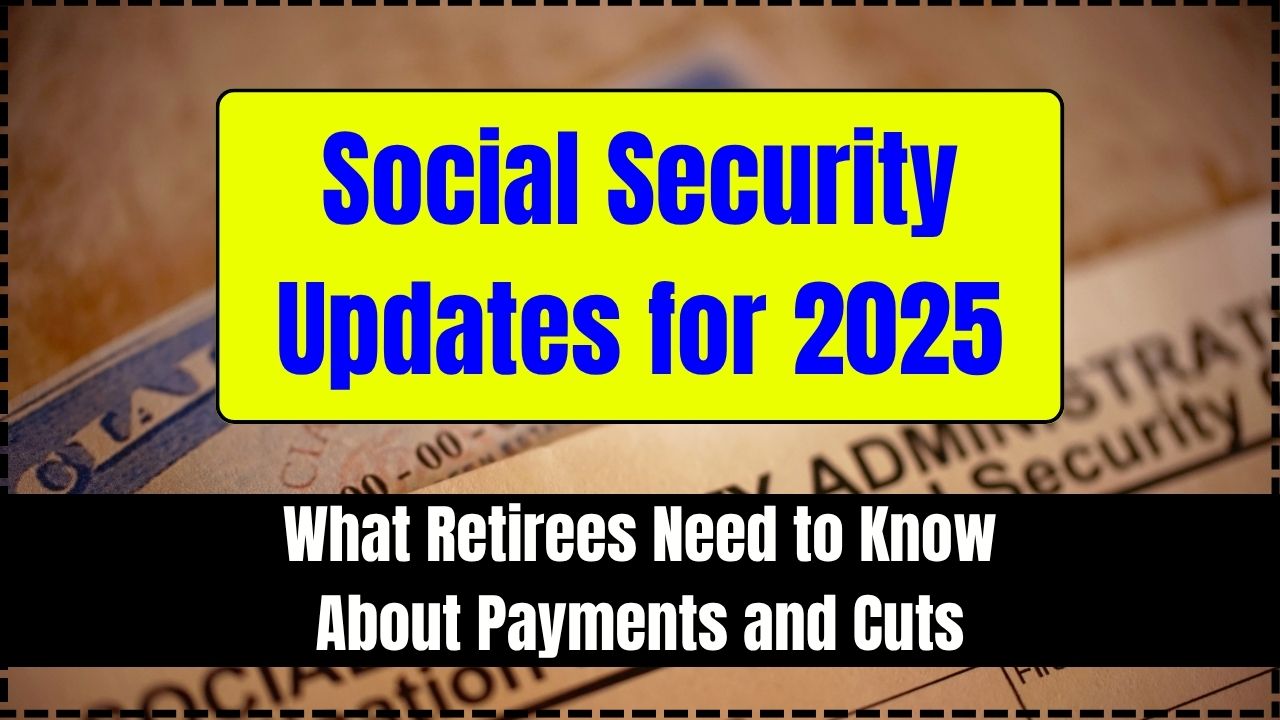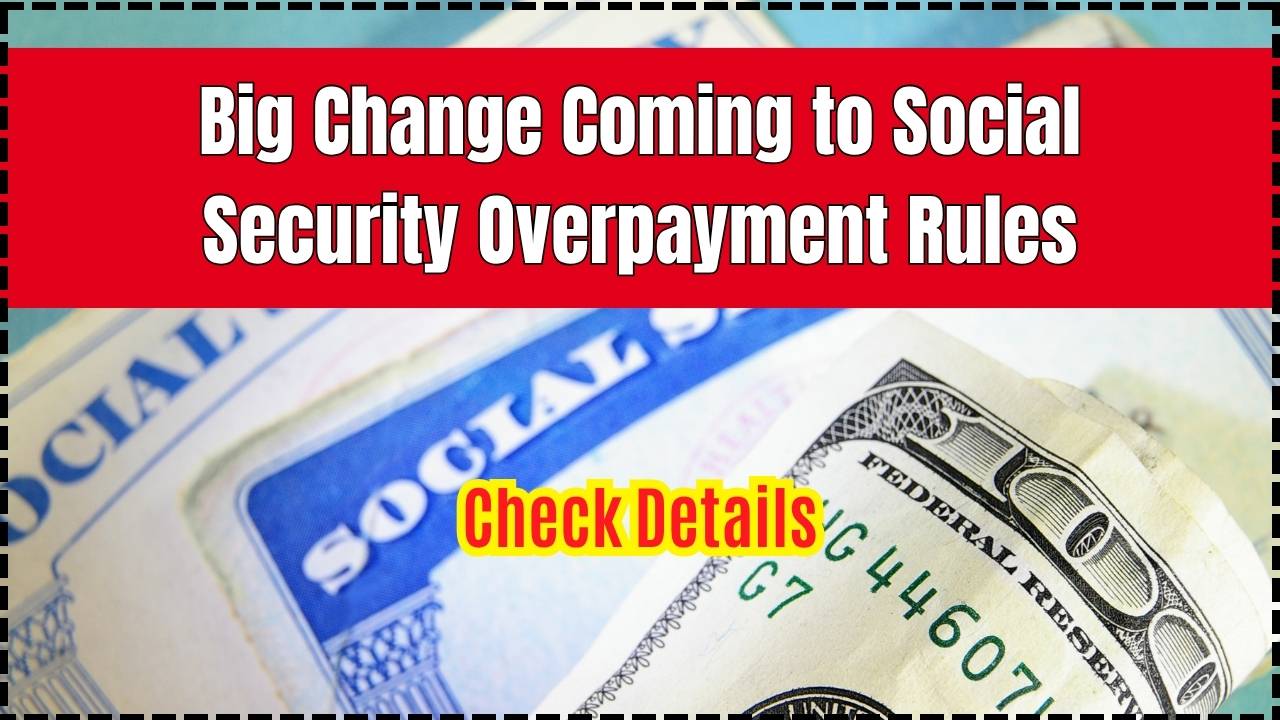
Money Experts Reveal the Exact Amount of Cash You Should Always Carry: In today’s world where everyone’s tapping their phone or card to pay for groceries, gas, or a morning coffee, the idea of carrying cash might seem old-school. But here’s the kicker: financial experts agree that you should always carry some cash – and it’s probably more than you think. Whether you’re a busy professional, a student, or a retiree, having a little cash on hand can save the day when the unexpected happens. Let’s dive into why this matters and how much cash you should actually carry every day.
Money Experts Reveal the Exact Amount of Cash You Should Always Carry
While it might seem old-fashioned in our digital-first world, carrying cash is still a smart financial move. Experts recommend carrying $50 to $100 in your wallet for everyday use and keeping $1,000 to $2,000 at home for emergencies. Building a robust emergency fund – ideally covering 3 to 6 months of living expenses – provides the ultimate safety net. By balancing cash and digital payments, you’re prepared for just about anything life throws your way.
| Topic | Recommended Amount |
|---|---|
| Daily Wallet Cash | $50–$100 |
| Cash at Home for Emergencies | $1,000–$2,000 |
| Emergency Fund Savings | 3–6 months of living expenses |
| Average Cash Carried | $67 |
| Cash Usage Decline | 83% used cash in past 30 days (2024) |
| Cash Preference | 52% say “cash is king” |
Why Carry Cash in 2025?
Even in our digital age, cash is still king for certain situations. Power outages, small local businesses that don’t take cards, emergencies where digital payments fail, or even tipping someone who deserves it – cash comes in handy. Plus, it helps keep you grounded in your spending habits.
According to the Federal Reserve, the average American carries about $67 in their wallet, but many experts recommend keeping between $50 and $100 for everyday use. This amount is enough to cover small purchases, pay for parking, grab a meal, or handle other quick expenses without needing to swipe a card.
How Much Cash Should You Keep at Home?
For emergencies, like a major power outage or natural disaster, it’s smart to keep $1,000 to $2,000 at home. Store it in a secure, fireproof, and waterproof safe. Keep it somewhere only you and trusted family members know about. This stash can cover essentials like food, gas, or temporary housing if ATMs and card systems go down.
Also, consider that home insurance policies often limit coverage for cash loss to around $200, so keeping too much cash in the house can be risky.
How Much Should Your Emergency Fund Be?
Your emergency fund isn’t just about cash in your pocket or home. Experts suggest saving 3 to 6 months of living expenses in a high-yield savings account or other liquid assets. For example, if your monthly expenses are $3,000, aim to set aside $9,000 to $18,000. This provides a cushion for job loss, medical emergencies, or unexpected bills.
Real-Life Scenarios: When Cash Saved the Day
- Hurricane Aftermath: During Hurricane Ian, many Floridians found themselves unable to use cards or ATMs for days. Those with cash on hand could buy essentials like bottled water and gas.
- Small Business Support: At the local farmers’ market, one vendor’s card reader went down. A shopper with $40 cash got the best produce in the market, while others had to leave empty-handed.
- Tipping and Gratuities: Whether you’re at a bar, hotel, or getting a haircut, cash tips often make a worker’s day – and can even score you better service.
Exact Amount of Cash You Should Always Carry for Different Professionals
- Business Travelers: $100–$300 for expenses like taxis, tips, and emergencies.
- Delivery Drivers/Rideshare Workers: At least $50 in small bills for fuel, snacks, and emergencies.
- Parents with Young Kids: $50–$100 for snacks, small purchases, or situations where cards aren’t accepted.
- Students: $20–$50 for school supplies, transportation, and quick meals.
Cash vs. Digital Payments: A Balanced Approach
Sure, apps like Venmo, Zelle, and Apple Pay make it easy to go cashless. But relying solely on digital payments is risky. Your phone battery could die, internet connections might fail, or the system could crash. By carrying both cash and a digital payment method, you’re covered in almost any situation.
Personal Story: My Cash-Saving Moment
Last summer, I was on a road trip through rural Nevada. About 30 miles from the nearest gas station, I realized my phone had no signal and the gas station was cash-only. Thankfully, I had $100 tucked away in my glove compartment. That cash got me the fuel I needed to get back to civilization. Lesson learned: always have a little cash on hand!
Pro Tips for Managing Cash Safely
- Use Small Denominations: Carry $10s and $20s for easy transactions.
- Secure Storage: Store home cash in a fireproof and waterproof safe.
- Regularly Check and Update: Replace old or worn bills every few months.
- Limit Exposure: Carry only what you need to reduce the risk of theft or loss.
Feeling the Squeeze? 10 Smart Financial Moves to Survive Economic Uncertainty
8 Proven Strategies to Stay Financially Afloat When Times Get Tough
3 Alarming Signs Your “One-Time” Purchases Are Secretly Becoming a Spending Habit
Frequently Asked Questions (FAQs)
Q: Is cash still necessary in the digital age?
A: Absolutely. Digital payments are convenient, but cash is essential in emergencies or when digital systems fail.
Q: How much cash should I carry when traveling?
A: Experts suggest $100–$300, depending on your destination and available banking services.
Q: Should I keep cash in my car?
A: It’s wise to keep a small emergency stash ($50–$100) hidden in your car for emergencies, but make sure it’s well-concealed and safe.
Q: What’s the safest way to store cash at home?
A: Use a high-quality, fireproof, and waterproof safe. Keep it in a secure location and inform trusted family members.











